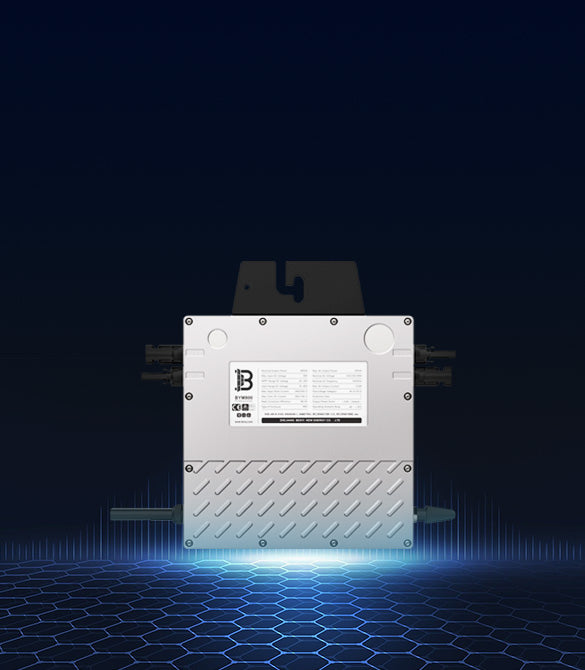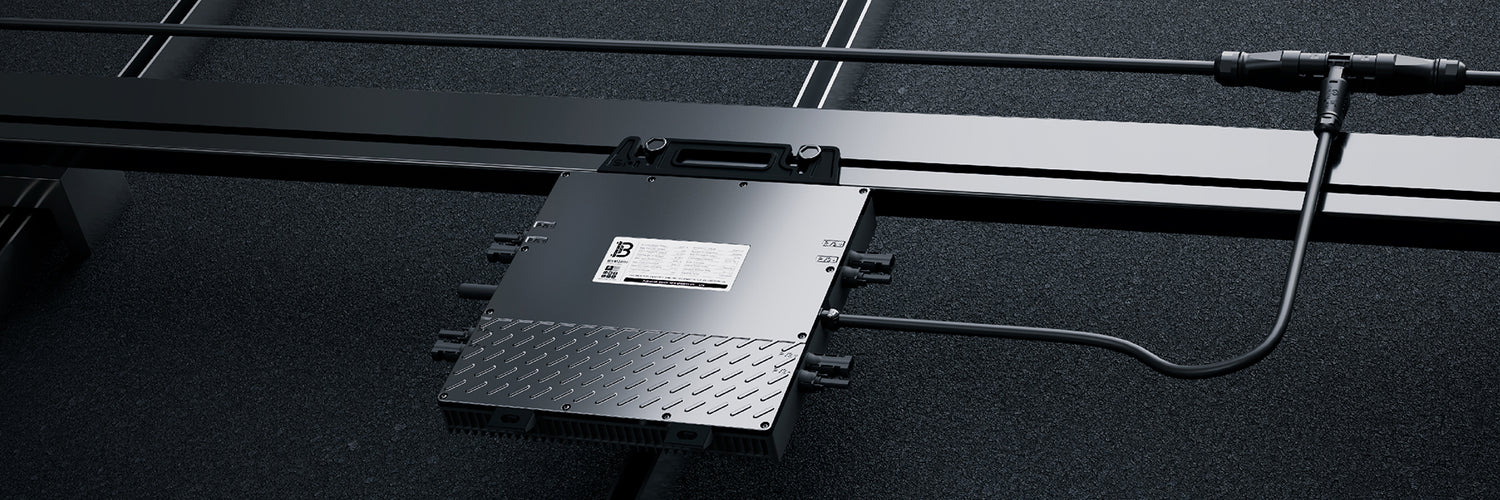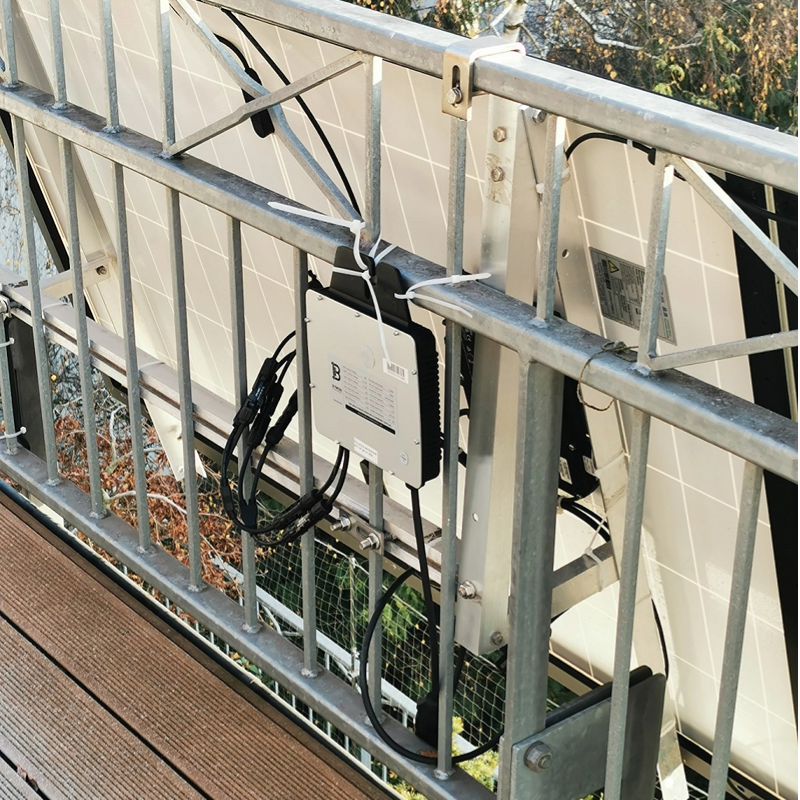We Care About All Your Concerns
Product Features
Featured collection
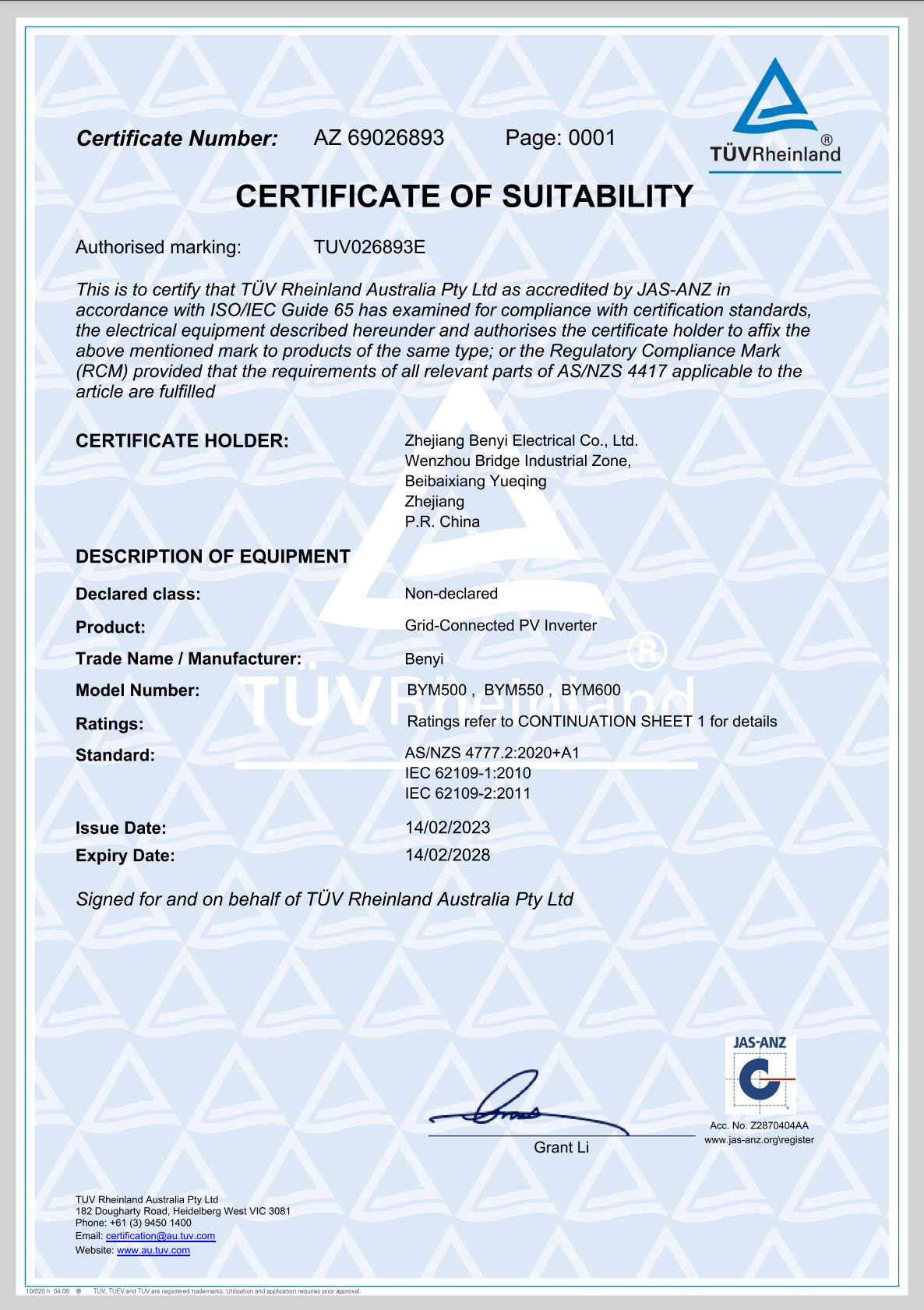
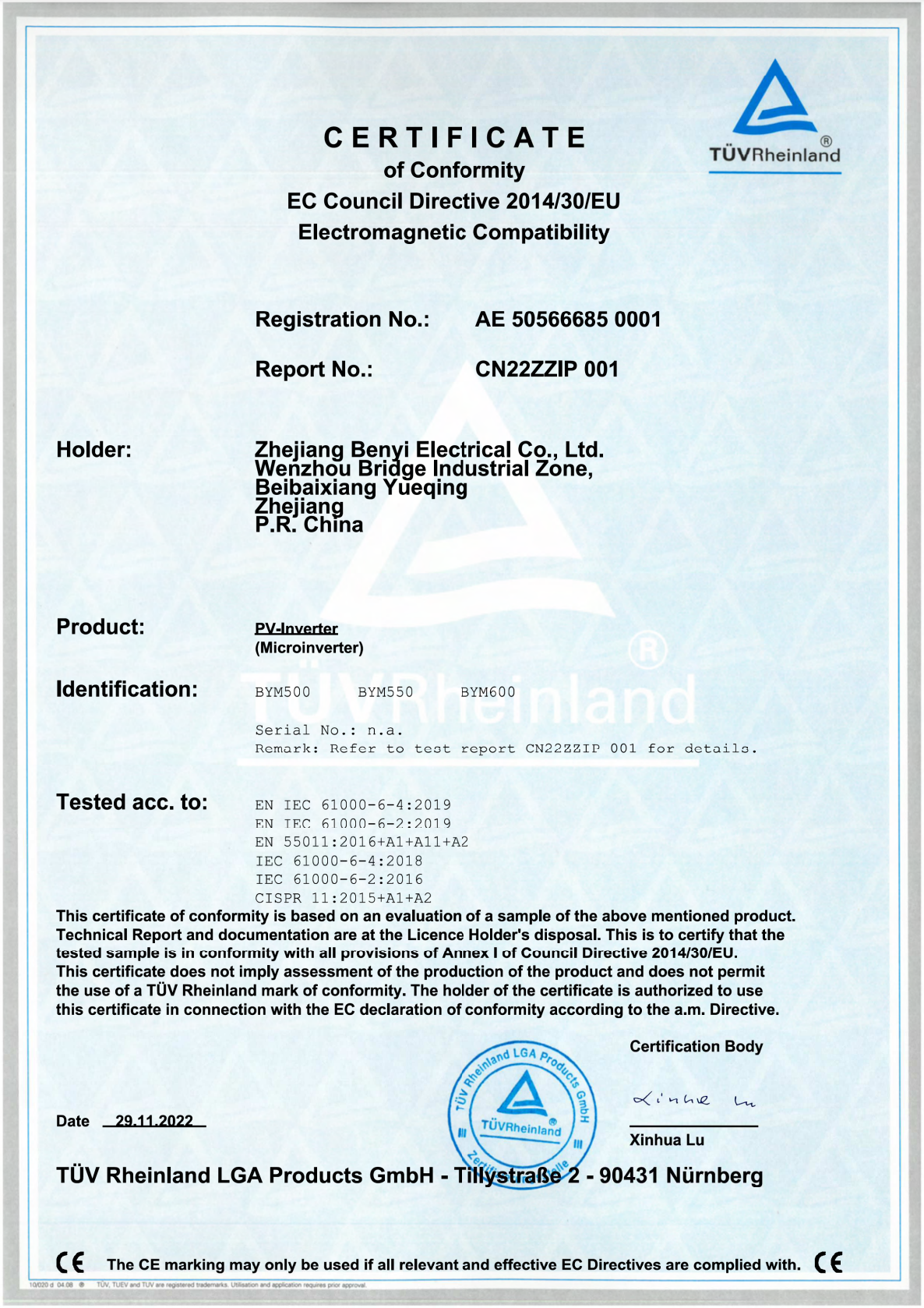
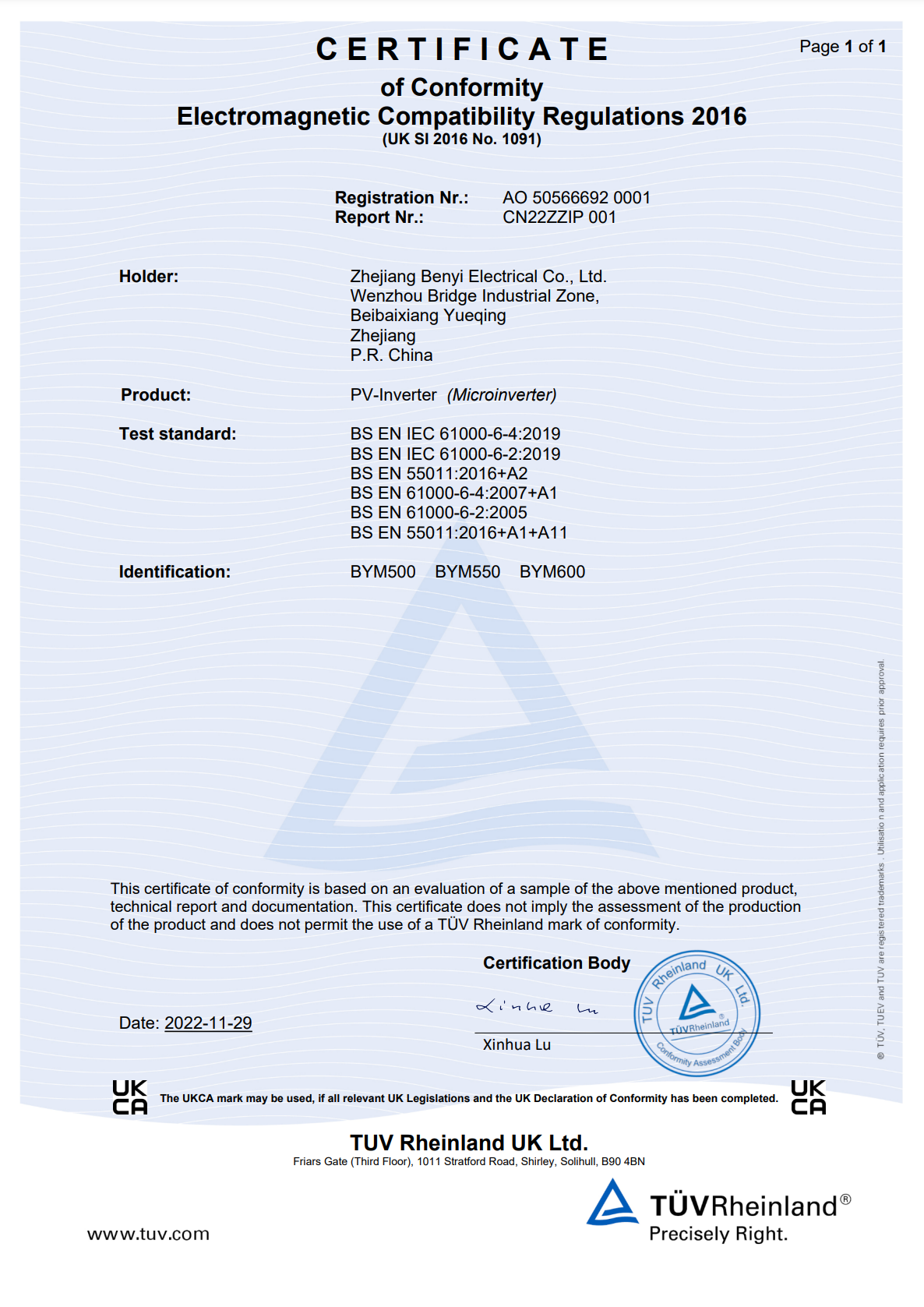
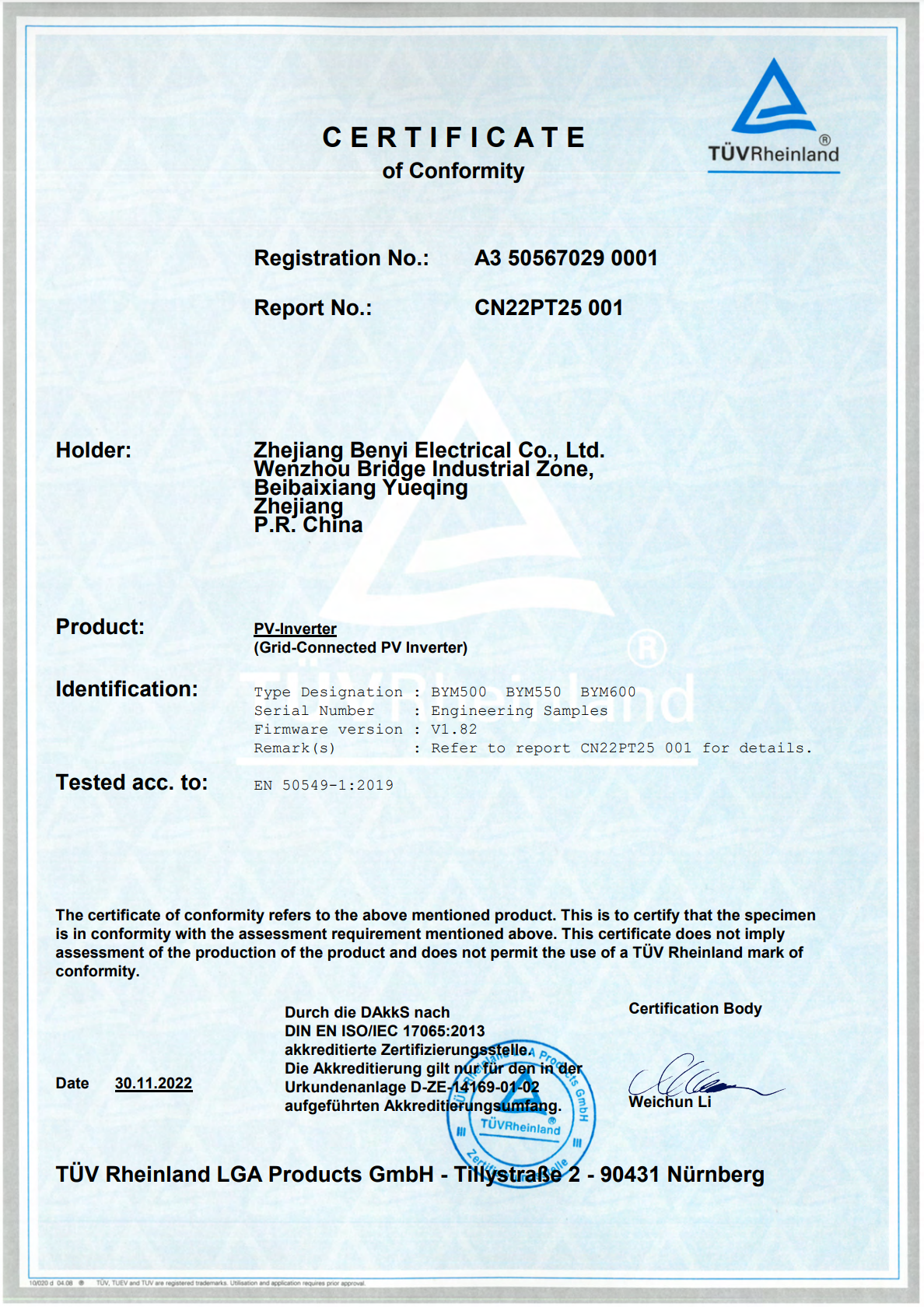
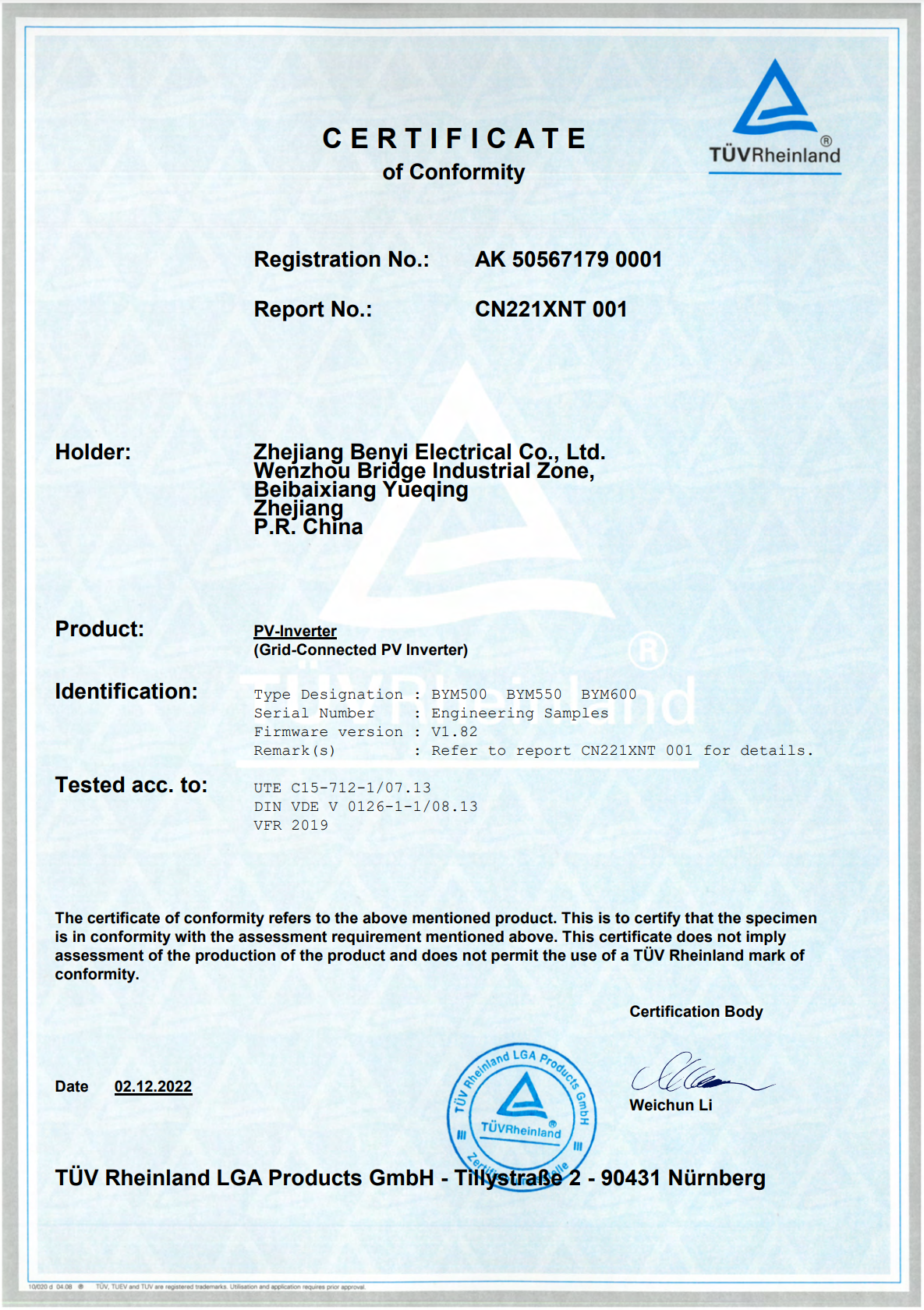
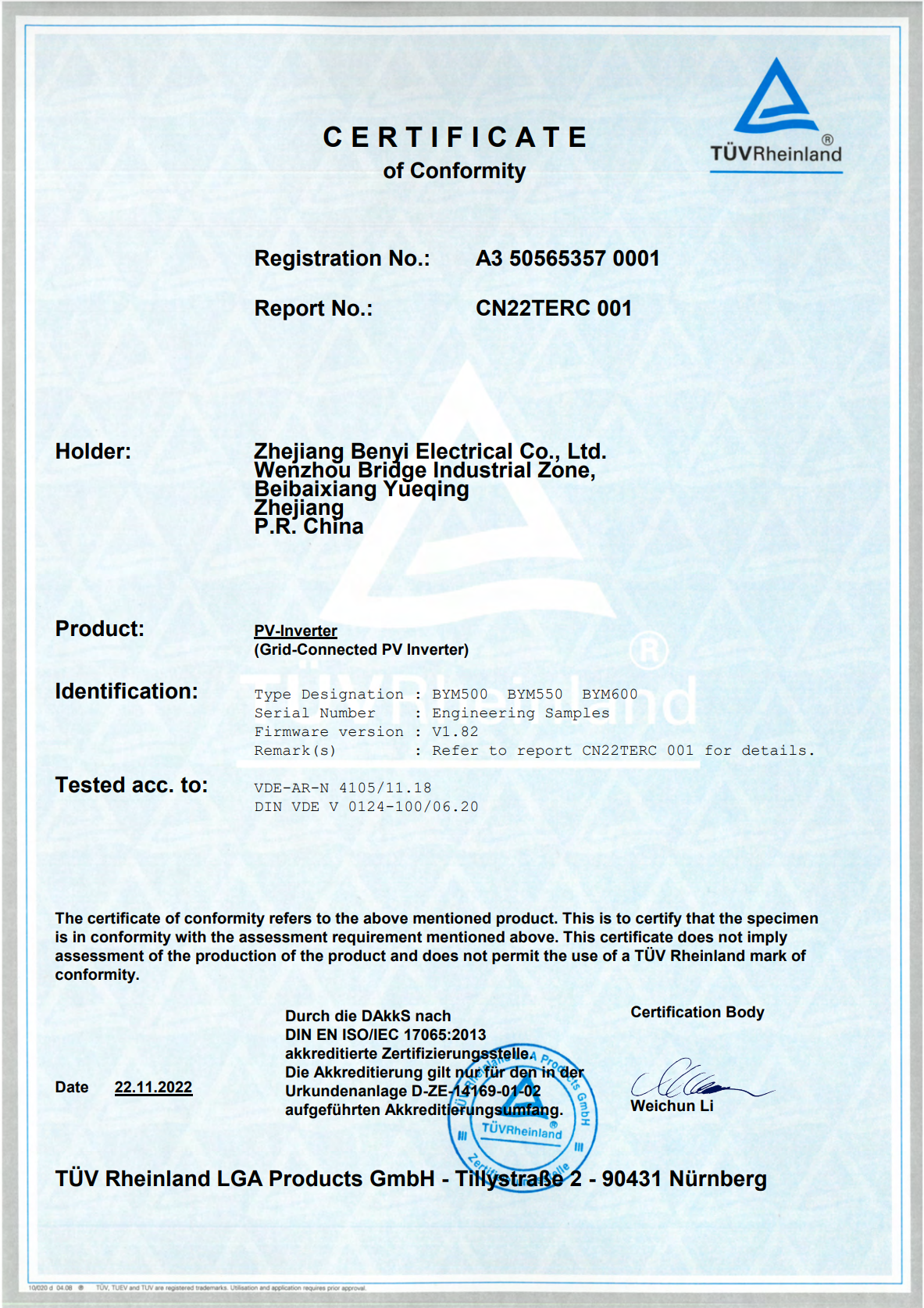
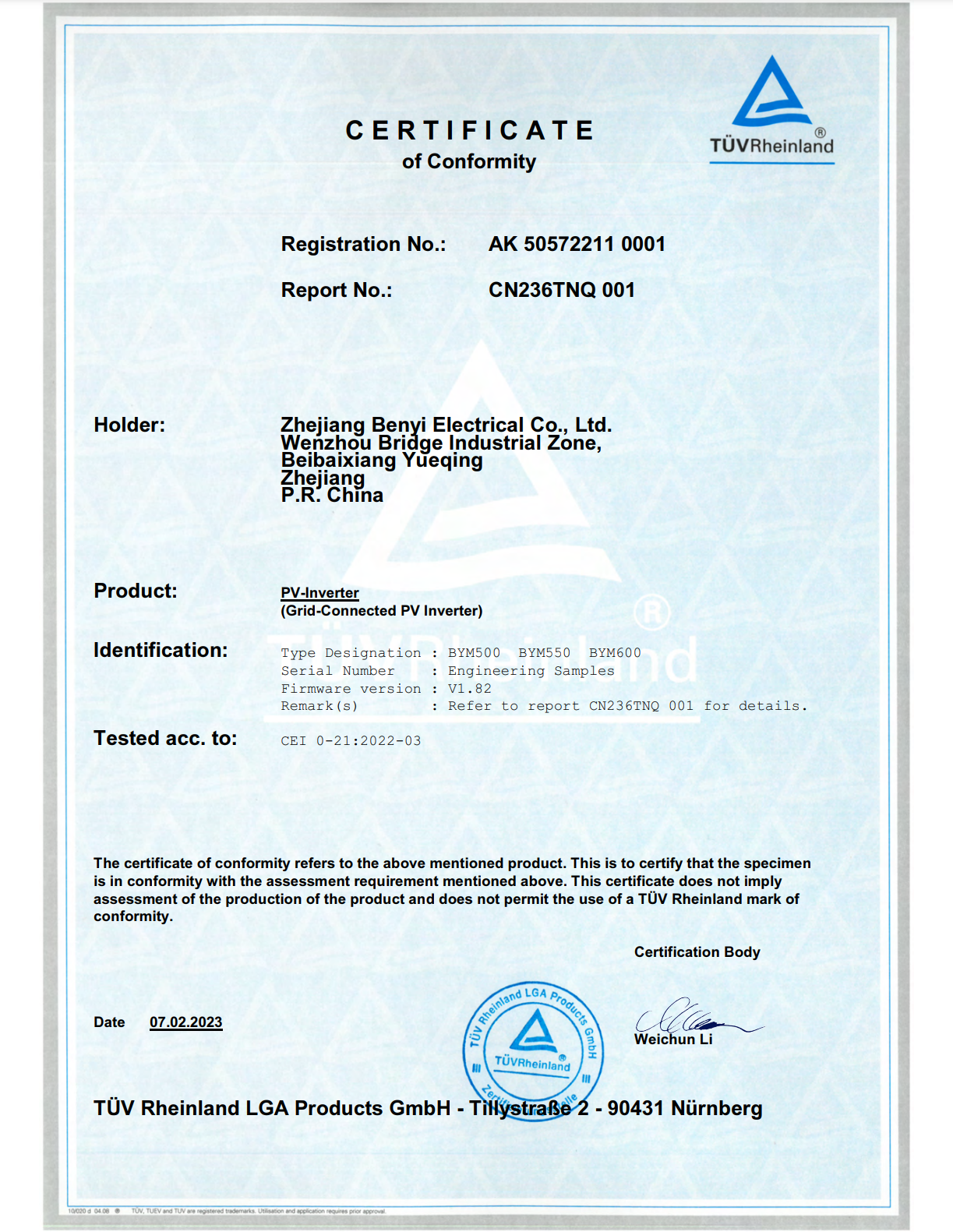







FAQ
Micro inverter refers to an inverter that can track the maximum power point of each photovoltaic module separately, and then integrate it into the AC power grid after inversion, achieving fine adjustment and monitoring of the output power of each photovoltaic module. Micro inverters are mainly used in small and medium-sized power plants such as distributed and optoelectronic buildings, with a power generally below 5kW.
1. Safety: Compared to traditional systems that use high-voltage DC circuits, our micro inverter technology eliminates the risks of arc flash and fire hazards completely, ensuring the safety of your home and family.
2. Increased Output: Our micro inverters with independent MPPT for each panel ensure maximum output from each panel, even in partial shading conditions, providing you with maximum energy production and cost savings.
3. Reduced Maintenance Costs: Our micro inverters come equipped with an Energy Management Unit (EMU) that enables remote monitoring and real-time fault detection minimizing maintenance and repair costs.
4. High Reliability: Our micro inverters have undergone countless quality and reliability tests, including high and low-temperature tests, salt spray tests, water resistance tests, drop tests and vibration tests, ensuring over 30 years design lIfe.
5. Flexible Expansion and Integration: The micro inverter technology enables plug-and-play modularity, ensuring easy and efficient integration with new and existing solar panels regardless of orientation or angle, while also providing flexible scalability for your future energy needs.
1. The highest working temperature range and optimal temperature performance in the industry, with a working range of -40~70 ℃.
2. The industry's largest single channel output power and the industry's largest continuous input current.
3. The static MPPT efficiency reaches 99.80%, and the peak conversion efficiency reaches 96.5%.
4. Safe design and Convenient installation.
5 Diversified data transmission: Support energy monitoring unit (EMU) transmission or internal Wi Fi direct connection transmission.
6 Efficient and intelligent operation and maintenance through “bym.beny.com” website or APP.
7 Long service life with a 30 year design life and a maximum 25 year warranty.
Microinverters are devices that convert the direct current (DC) output from solar panels into alternating current (AC) that can be used to power homes and businesses. Unlike traditional string inverters, which are typically installed as a single unit of multiple panels, microinverters are installed on each individual solar panel. This allows them to optimize the performance of each panel independently, ensuring maximum energy production even if one panel is obscured or faces a different angle than the others.
Microinverters are primarily designed for use in grid-tied solar systems, where excess energy generated by the panels can be fed back into the grid. However, as energy storage technology advances, it is now possible to use microinverters in off-grid applications as well. By coupling a microinverter to a battery, excess energy generated during the day can be stored and used at night or when sunlight is insufficient.
Microinverters are synchronized through a process called anti-islanding. This ensures the solar system is disconnected from the grid during an outage to protect the safety of utility workers. When the grid is operating normally, microinverters continuously monitor grid frequency and voltage. They adjust their output to meet the requirements of the grid, ensuring that the power produced by the solar panels is in sync with the grid's electrical waveforms. This synchronization allows the power generated by the solar panels to be seamlessly integrated into the grid, maximizing energy efficiency and minimizing potential disruptions.
Don't hesitate to get in touch with us at benyshop@beny.com.
- Choosing a selection results in a full page refresh.

